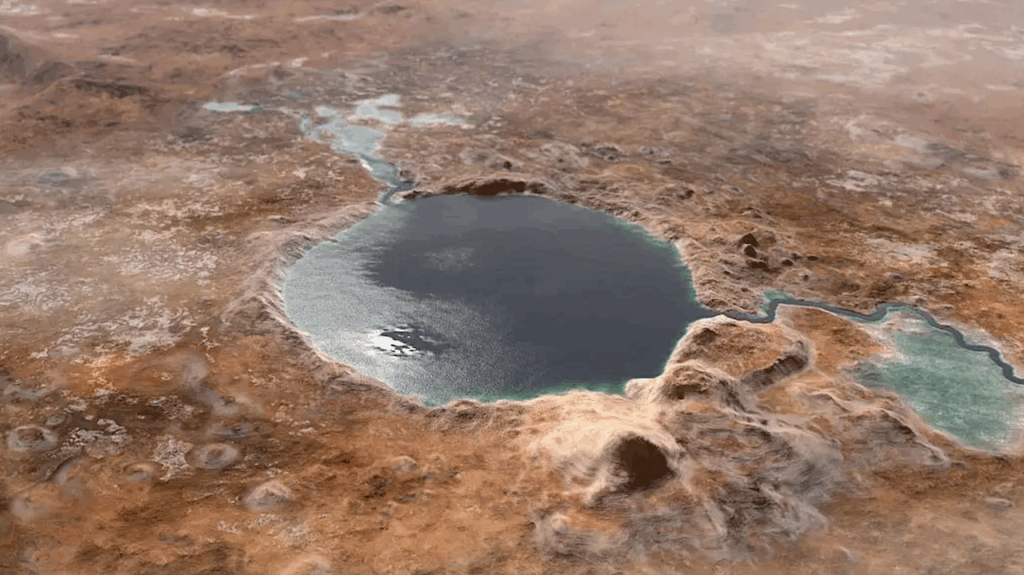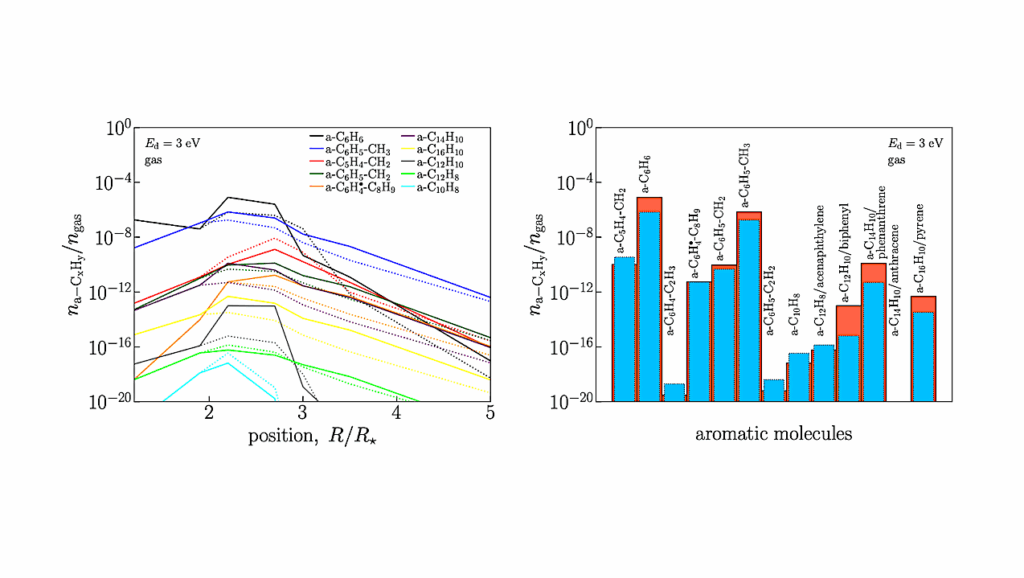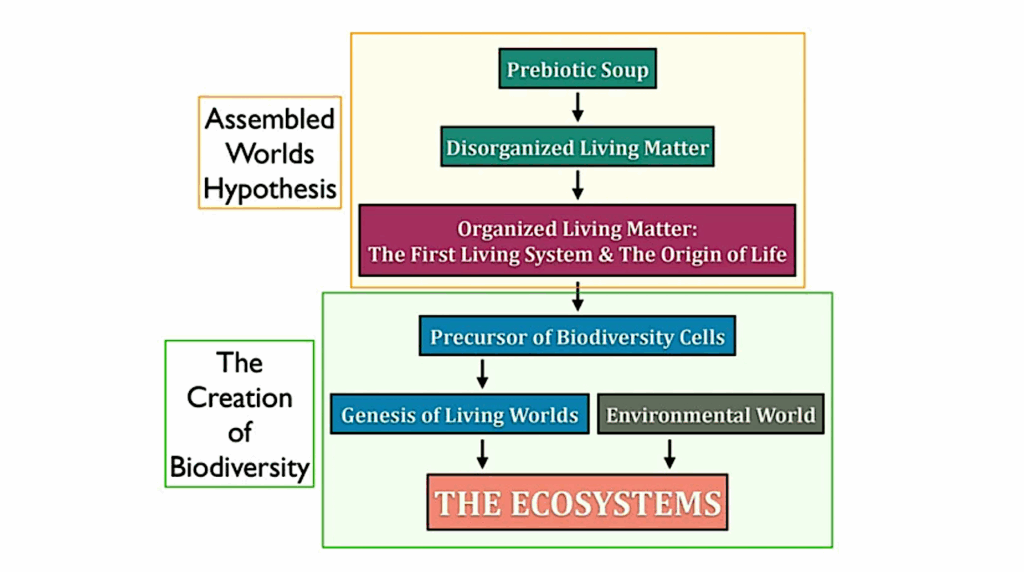Exposure of Phage T7 To Simulated Space Environment: The Effect Of Vacuum and UV-C Radiation
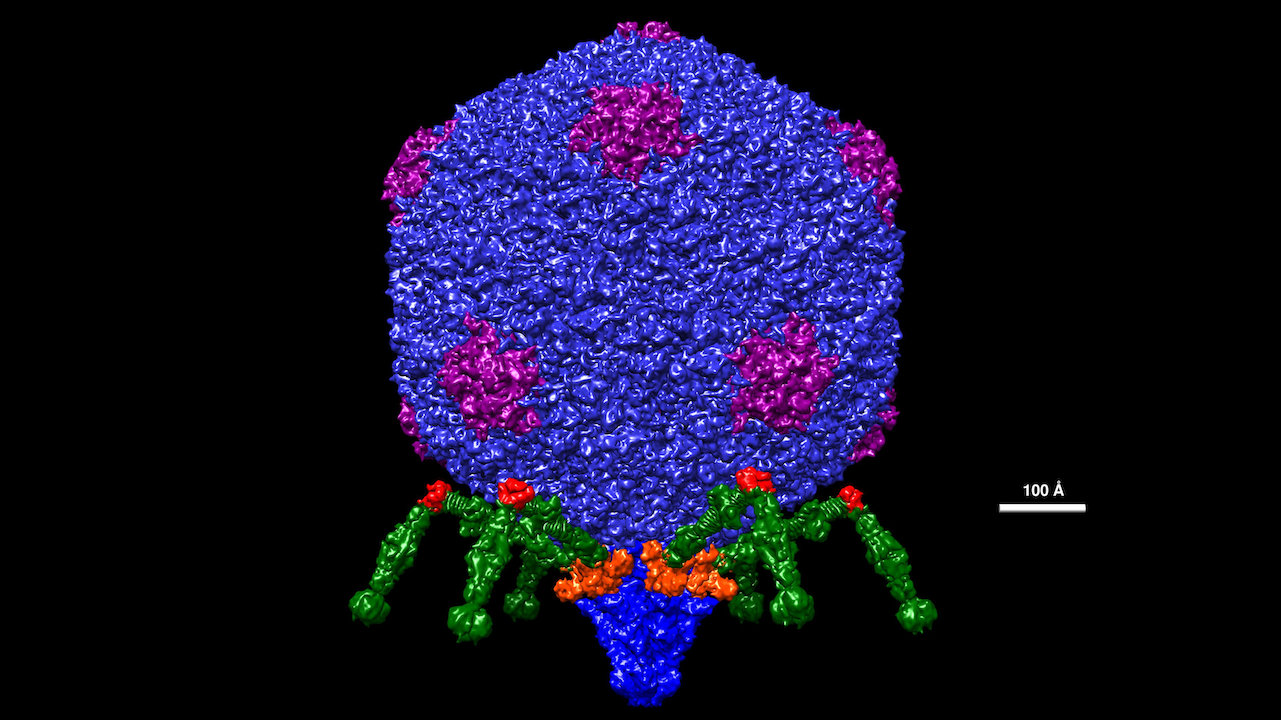
The experiment “Phage and Uracil Response” (PUR) will be accommodated in the EXPOSE facility of the International Space Station (ISS). Its objective is to examine and quantify the effect of specific space conditions on bacteriophage T7 and isolated T7 DNA thin films.
In order to define the environmental and technical requirements of the EXPOSE, the samples were subjected to the Experiment Verification Test (EVT). During EVT the samples were exposed to selected space conditions: high vacuum (10(-4) to 10(-6) Pa) and UV-C radiation (254 nm) alone and in combination.
Characteristic changes in the absorption spectrum, in the electrophoretic pattern of DNA/phage and the decrease of the amount of PCR products have been detected indicating the damage of isolated and intraphage T7 DNA.
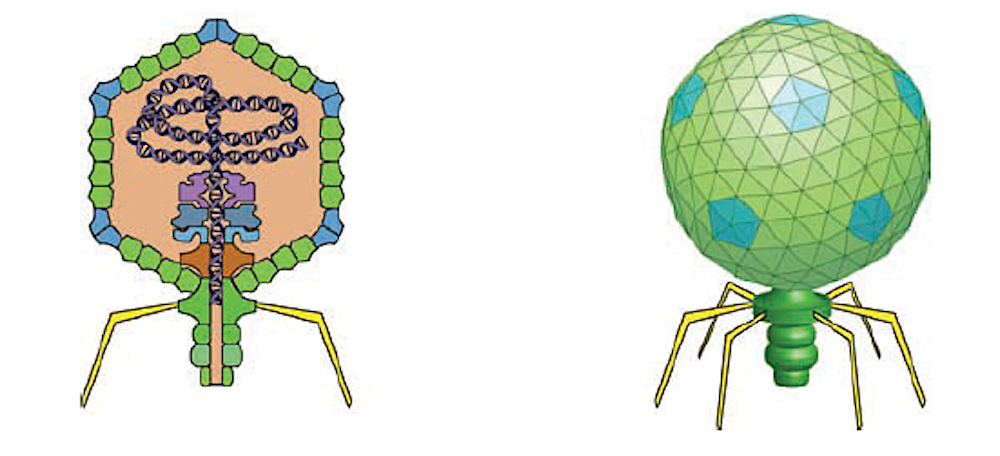
Naked icosahedral capsid (T=7). Diameter 6.0 nm. Short tail with short tail fibers. — WIkipedia
Intraphage DNA is more sensitive to simulated space parameters than isolated T7 DNA in thin layers as well. We obtained substantial evidence that DNA lesions accumulate throughout exposure, and the amount of damage depends on the thickness of the layers.
According to our preliminary results, the damages by exposure to conditions of dehydration and UV irradiation are larger than the sum of vacuum alone, or radiation alone case, suggesting a synergistic action of space vacuum and UV radiation with DNA being the critical target.
- Exposure of phage T7 to simulated space environment: The effect of vacuum and UV-C radiation March 2006 Journal of Photochemistry and Photobiology B Biology 82(2):94-104
DOI:10.1016/j.jphotobiol.2005.09.002 via PubMed - European Space Agency, 2023, ‘EXPOSE-R PUR’, 1.0 EXPOSE-R PUR (Responses of Phage T7, Phage DNA and polycrystalline uracil to the space environment), European Space Agency, https://doi.org/10.57780/esa-eaf4y3o
Astrobiology




